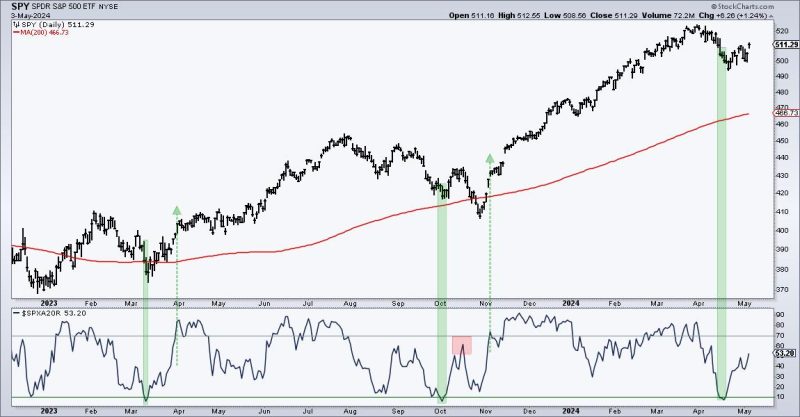The article will focus on analyzing the concept of a dead cat bounce in financial markets and exploring whether recent market movements can be best characterized as such or as a more sustainable rebound.
—
**Understanding Market Bounces: Dead Cat Bounce or Sustainable Recovery?**
When it comes to analyzing financial markets, one term that often gets thrown around is the dead cat bounce. This morbid metaphor refers to a temporary recovery in the price of an asset following a sharp decline, only for the price to resume its downward trend shortly thereafter, much like a dead cat bouncing briefly before hitting the ground. But how can investors differentiate between a dead cat bounce and a genuine recovery with long-term potential?
Historically, dead cat bounces have been observed in various financial markets, ranging from stocks to cryptocurrencies. The phenomenon typically occurs when investors view a sharp decline in prices as an opportunity to buy at a discount, leading to a brief uptick in prices before the underlying factors causing the initial decline reassert themselves. This can create a false sense of optimism among investors, only to be dashed when the price resumes its downward trajectory.
Recent market movements have sparked debate among analysts and investors as to whether the current rebound is a dead cat bounce or the start of a sustainable recovery. With economic uncertainty lingering due to factors such as geopolitical tensions, inflation fears, and pandemic-related disruptions, distinguishing between a short-lived bounce and a lasting recovery has become a crucial task for market participants.
One key indicator to watch when assessing the sustainability of a market rebound is trading volume. In the case of a dead cat bounce, trading volume tends to be lower during the rally, indicating that the uptick in prices is driven more by speculative trading than by a genuine shift in market sentiment. On the other hand, a sustainable recovery is usually accompanied by higher trading volume, as investors show increased confidence in the market’s prospects.
Another factor to consider is the underlying fundamentals of the market in question. A dead cat bounce is often characterized by a lack of fundamental support, with price movements driven primarily by technical factors or short-term speculation. In contrast, a sustainable recovery is backed by improving economic indicators, strong corporate earnings, and positive market sentiment that align with the price movements.
Ultimately, whether the current market rebound is a dead cat bounce or a sustainable recovery remains to be seen. Investors should exercise caution and conduct thorough analysis before making investment decisions in such uncertain times. By monitoring key indicators such as trading volume, market fundamentals, and overall market sentiment, investors can better position themselves to navigate the complexities of volatile markets and identify opportunities for long-term growth.
